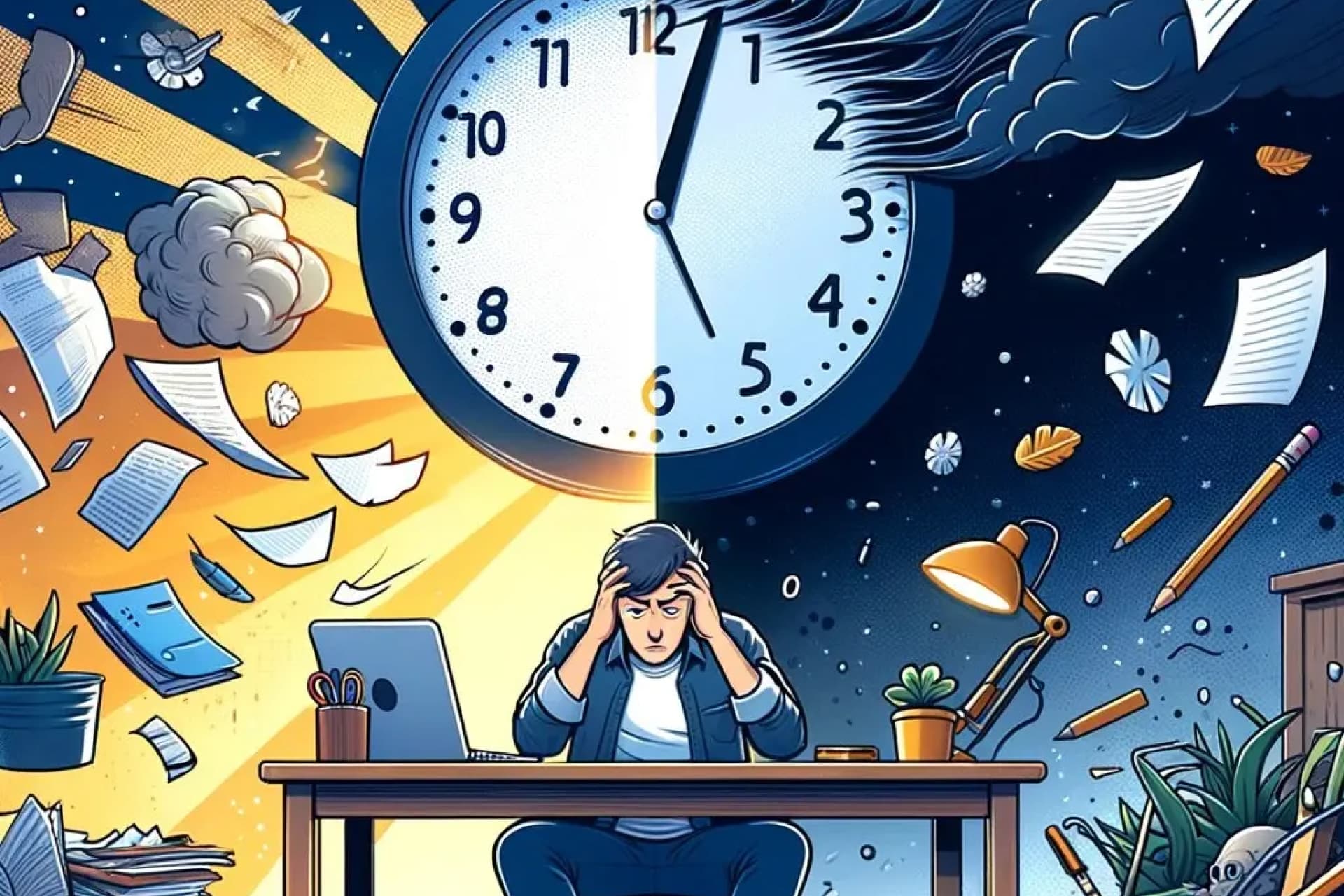Leveraging Dopamine Dynamics: A Strategy to Overcome Procrastination
Procrastination is a common foe many of us grapple with. We've all been there—putting off tasks, finding distractions, and feeling stuck in a cycle of avoidance. But what if there was a way to break free from this pattern? What if we could harness the power of our brain's chemistry to propel us forward? Recent insights from the addiction literature shed light on an unconventional yet effective approach to combat procrastination: leveraging dopamine dynamics.
Dopamine, often dubbed the "feel-good" neurotransmitter, plays a crucial role in motivation, reward, and pleasure. It's what keeps us driven and focused on tasks. However, the dynamics of dopamine release and depletion also hold the key to understanding procrastination.
Research suggests that the depth of the low, or "trough," experienced after a dopamine peak is proportional to the intensity of that peak. In other words, the higher and sharper the peak, the deeper the subsequent trough. But here's where it gets interesting: the rate at which we emerge from that trough is also linked to its steepness.
So, how can we use this knowledge to our advantage? The answer lies in intentionally altering our dopamine levels to expedite our escape from the procrastination trap.
When we find ourselves in a state of procrastination, characterized by low motivation and a tendency to avoid tasks, our instinct may be to wait it out or engage in low-effort activities. However, this often prolongs the slump or leads to last-minute rushes to meet deadlines.
Instead, we can employ a counterintuitive strategy: embracing discomfort. By deliberately engaging in activities that challenge us or cause temporary discomfort, we can accelerate our recovery from the dopamine trough.
One effective method is to engage in tangential activities—tasks unrelated to our primary goals but demanding enough to jolt us out of our lethargy. For example, taking a cold shower or immersing oneself in cold water can induce discomfort and activate the body's stress response, prompting a rapid rebound in dopamine levels.
It's important to clarify that when we talk about "pain," we're referring to temporary discomfort that is safe and non-harmful. The goal is not to inflict harm but to disrupt the inertia of procrastination and stimulate a shift in mindset.
Another approach is to confront the task head-on, even if only for a brief period. Setting a timer and committing to just one minute of focused work can create a psychological milestone, paving the way for further progress.
Ultimately, the key is to recognize that procrastination is not an immutable state but a fluctuation in dopamine levels influenced by our actions and environment. By intentionally altering these dynamics through strategic interventions, we can reclaim our motivation and momentum.
In summary, overcoming procrastination requires a nuanced understanding of dopamine dynamics and a willingness to embrace discomfort. By stepping outside our comfort zones and confronting procrastination head-on, we can break free from its grip and unlock our full potential. So, the next time procrastination rears its head, remember: discomfort may be the catalyst for change.

